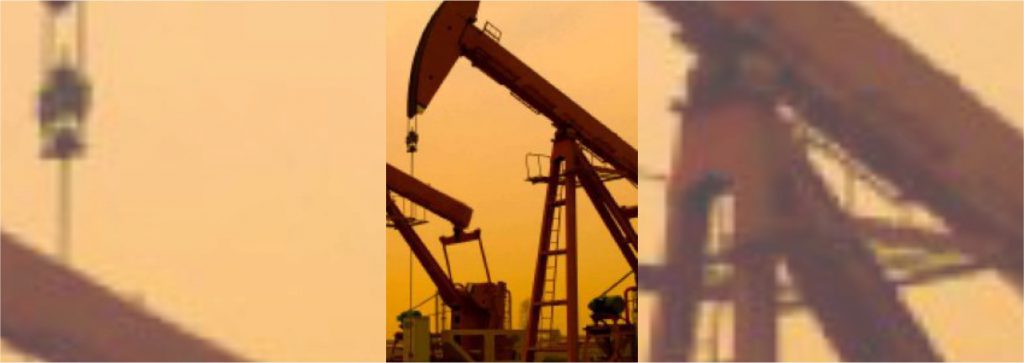Oil exploration (2)
Drilling
- Drilling studies and operations include the following steps:
- Predict the final drilling depth
- Well diameter (size of well holes)
- Design of well profiles and wall points
- Selection of suitable drilling drills in each section
- Predicting and designing the installation of wall pipes
- Planning and monitoring the sampling method
- Drilling mud design
- Design of cementing operations
- Planning for sampling
- Planning performance tests
- Estimating costs and scheduling drilling progress
- Investigation of drilling reports of wells in the area to predict strata and predict high pressure layers and weeds on mud in large quantities
Petrophysics
In the world today, logging services from oil and gas wells or surveying wells are provided by a few companies that specialize in this field. Exploration companies must have sufficient petrophysical knowledge to evaluate and estimate petrophysical data and perform charting programs at different stages. Also, in different wells, depending on the type of layers and well characteristics, select the characteristics of drilling mud, lack of exploratory information, etc. The most important goals of charting are:
- Conformity of formations and other stratigraphic units
- Determine the angle and direction of the well deflection
- Measure the slope of the layering
- Water detection – hydrocarbons (oil or gas) in the reservoir rock
- Determining the border of salt water with oil – the border of oil and gas
- Determine the amount of hydrocarbons in the rock
- Determine the porosity and permeability of the reservoir rock
- Determining the type of rock formation and comparing them in different wells
- Specify specific information from the producer formations (including the amount of fluid displacement, the effect of lattice, how and where the fluid leaves the formation)
- Determining the time of sound waves passing through the boundaries of formations to evaluate seismic geophysical maps
- Specific drilling services (including measuring the diameter of the well, the quality of cementation behind the wall pipes, grid work, determining the limits of water penetration and drilling mud)
- monitoring
Test wells
The purpose of testing wells is to evaluate the reservoir fluid, reservoir pressure and reservoir temperature as well as the potential for producing the number of yield layers and their production participation, water and oil and gas contact levels, permeability, crust coefficient, discharge radius and determination of reservoir rock characteristics. Wells are tested in the following ways:
- Layer testing
- Test layer with Mechanical DST in open cavity and wall pipe
- Layer testing with Full bore DST and electronic pressure gauges
- Profitability test
- With temporary completion and use of X-Tree
- With FB DST and separators
- Long-term tests to study pressure drop and tank limits
- Repeat Formation Test (RFT)
RFT is a device that is sent into the well by cable and the measurements are recorded on the surface by means of electronic instruments.
Wells Evaluation
- Evaluation of oil and gas reservoirs includes the following steps:
- Review information sources
- Data control
- Determine the boundaries of the field
- Perform volumetric calculations of reserves
- Determine production parameters
- Making a mathematical model to predict operation and determine the harvest factor


